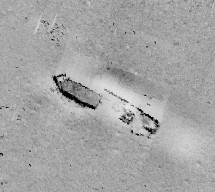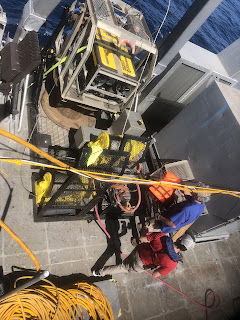Dragonflies: part 2

When we got back to land, the first thing I noticed was I noticed was the dragonflies. Once again, they were fluttering around Sea Scout 's working deck, gracing our world with their iridescence. M/V Sea Scout at the dock in Louisiana. Photo by Calvin Mires. It felt weird to wake up and find the ship motionless after a week rolling around at sea, but we returned victorious to Intracoastal City, Louisiana. This project is actually a dream for me, because we put in equal effort on the shipwrecks and the hard bottoms. We collected data from seven sites total - four shipwrecks and three natural reefs. Usually, my datasets are either all shipwrecks or make just a passing effort at documenting nearby hard bottoms. This time, I have nearly equal data from both. Moreover, the reefs we looked at were the closest natural hard-bottom sites to each shipwreck. Two of the shipwrecks were equidistant from the same hard bottom, so I can actually do a one-to-one shipwreck-reef comparison. How do






.png)